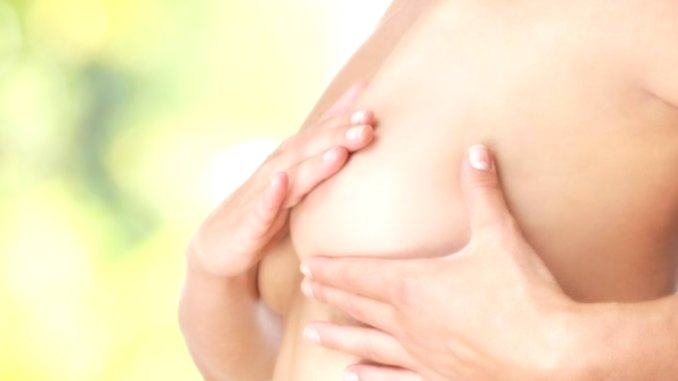

Every fifth woman relapses
Breast cancer is one of the most dangerous female diseases and between 60,000 and 70,000 new cases are added every year. This includes the sad fate of the moderator Miriam Pielhau, who was diagnosed with breast cancer in 2008. Although she told the public that she had defeated cancer and gave birth to a healthy daughter in 2012, despite chemotherapy and radiation, the only 41-year-old died of cancer on July 12, 2016 after a relapse in 2014. If the so-called breast cancer is recognized early enough, the chance of recovery is between 80 and 90 percent, and yet every fifth woman suffers a relapse.
Around every tenth woman is diagnosed with breast cancer at some point in her life. Between 17,000 and 19,000 women die of cancer each year, and approximately three in ten women are younger than 55 when diagnosed. Nevertheless, despite these high numbers, there are positive developments in the area of healing opportunities and therapeutic methods. If breast cancer is detected early, there is a probability of healing between 80 and 90 percent and the surgical procedures have become so gentle that it is possible to maintain the breast and prevent amputation in 70 percent of the cases.
Risk: free of symptoms at the beginning
Even if a (young) woman feels perfectly healthy, breast cancer cannot be excluded. It is all the more important to become aware of possible symptoms and to learn to feel the breast yourself at regular intervals. If there are any knots, hardening or thickening in the chest or armpit area, the gynecologist should be consulted as soon as possible. Sudden deformation or size differences, changes in the nipples or secretions from the nipple can also be signs of breast cancer.
Caution: genetically pre-stressed
Women who are more vulnerable due to their close family or living conditions should be examined even more regularly. In general, it can be said that women older than 50 years, childless or those who give birth late, women who have had their menstrual periods very early and late menopause increase the risk of developing breast cancer. Two genes also increase the risk: BRCA1 and BRCA2. However, these are rather rare. Important symptoms or ‘clues’ are: Breast cancer occurred on both sides of family members and before the age of 50.
Early detection: buttons and screening
From the age of 30, the statutory health insurance companies bear the costs of an annual tactile examination at the gynecologist. Women between 50 and 69 years are also entitled to a mammography screening (X-ray examination) every two years, in which between 75 and 80 percent of breast cancers are discovered. If there is suspicion of breast cancer in younger women under the age of 50, screening and additional examinations such as ultrasound or magnetic resonance imaging are also included in the statutory health insurance services.
Can you prevent?
In general, every person – including a male – can develop breast cancer. According to the German Cancer Register, 620 new cases of men were identified in 2012 and 150 died of them. Since breast cancer is very rare in males, it is unfortunately mostly discovered much too late. Women and men alike can prevent this with a balanced diet, regular exercise and avoiding being overweight. The most important protection, however, is still the regular palpation of the breast, which every woman can easily acquire with the help of a gynecologist. Men should specifically speak to their general practitioner about the risk, because an official preventive medical check-up or instructions for palpation of the breast are unfortunately not part of their statutory health insurance benefits. In addition, the tumor can usually only be determined using a biopsy (tissue sample), since the tissue in men is much denser than in women. However, there is one last and equally important precaution that both genders should take care of: Thefinancial provision to have yourself and the closest family members covered in an emergency.